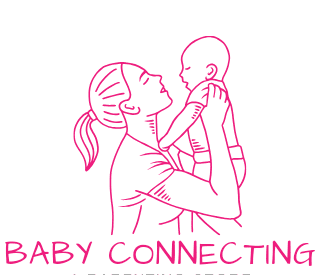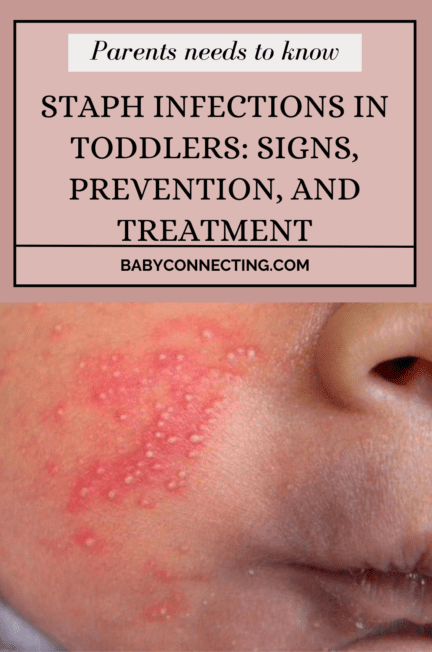“Understanding Staph Infections in Toddlers: Signs, Prevention, and Treatment”
Introduction:

Staph infections can be concerning for parents, especially when they affect their toddlers. Knowing the signs, preventive measures, and treatment options is crucial for safeguarding your child’s health.
In this article, we’ll explore staph infections in toddlers in easy language, supported by research references, to provide a comprehensive understanding of this topic and empower parents to protect their little ones.
What is a Staph Infection?
Staphylococcus aureus, often referred to as staph, is a type of bacteria commonly found on the skin and in the nose of healthy individuals.
While staph bacteria are usually harmless, they can cause infections when they enter the body through cuts, scrapes, or other openings in the skin.
Staph infections can range from mild skin infections to more serious conditions affecting internal organs.
Signs of Staph Infections in Toddlers:
Recognizing the signs of a staph infection in toddlers is essential for prompt treatment. Common signs may include:
1. Skin Redness and Swelling In staph Infection:
Infected areas may appear red, swollen, and warm to the touch.
2. Pus-filled Bumps or Lesions:
Staph infections often manifest as painful, pus-filled bumps or boils on the skin.
3. Fever:
In some cases, toddlers with staph infections may develop a fever, indicating a systemic response to the infection.
4. Cellulitis:
This is a deeper skin infection characterized by redness, swelling, and tenderness of the affected area.
5. Impetigo:
A highly contagious skin infection marked by crusted, honey-colored sores, typically around the nose and mouth.
Prevention of Staph Infections in Toddlers:
Preventing staph infections involves simple yet effective measures to reduce the risk of bacterial transmission:
1. Good Hygiene Practices:
Encourage regular handwashing with soap and water for both toddlers and caregivers, especially after using the bathroom, playing outdoors, or handling pets.
2. Keep Wounds Clean and Covered:
Promptly clean any cuts, scrapes, or wounds with soap and water, and cover them with a clean bandage until healed.
3. Avoid Sharing Personal Items:
Discourage sharing of towels, clothing, razors, or other personal items that may harbor bacteria.
4. Maintain Clean Living Spaces:
Regularly clean and disinfect frequently touched surfaces and objects in the home, such as doorknobs, toys, and countertops.
5. Promote Healthy Skin:
Keep your toddler’s skin clean and moisturized to prevent dryness and cracking, which can provide entry points for bacteria.
Treatment of Staph Infections in Toddlers:
Treatment for staph infections in toddlers typically involves:
1. Antibiotics:
Depending on the severity of the infection, your healthcare provider may prescribe oral or topical antibiotics to eliminate the staph bacteria.
2. Drainage of Abscesses:
For pus-filled bumps or boils, your healthcare provider may recommend draining the fluid to facilitate healing.
3. Pain Relief:
Over-the-counter pain relievers such as acetaminophen or ibuprofen can help alleviate discomfort and reduce fever.
4. Follow-Up Care:
Ensure that you follow your healthcare provider’s instructions for wound care and complete the full course of antibiotics as prescribed.
Research References:
1. American Academy of Pediatrics. (2019). Staph Infections. HealthyChildren.org.
2. Liu, C., Bayer, A., Cosgrove, S. E., Daum, R. S., Fridkin, S. K., Gorwitz, R. J., … & Chambers, H. F. (2011). Clinical practice guidelines by the infectious diseases society of America for the treatment of methicillin-resistant Staphylococcus aureus infections in adults and children. Clinical Infectious Diseases, 52(3), e18-e55.
Conclusion:
Staphinfections can pose risks to toddlers, but with vigilance and proper precautions, they can be prevented and treated effectively. By recognizing the signs of staph infections, practicing good hygiene habits, and seeking prompt medical attention when needed, parents can safeguard their toddlers’ health and well-being. Remember to consult your healthcare provider if you suspect your toddler has a staph infection, and follow their guidance for appropriate treatment and care. With proactive measures and informed decisions, parents can help protect their toddlers from staph infections and promote a healthy, thriving childhood.



